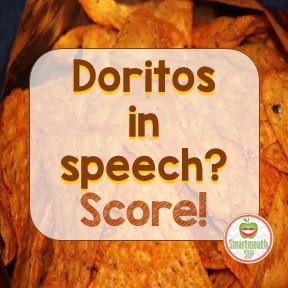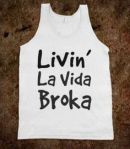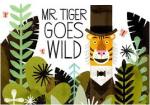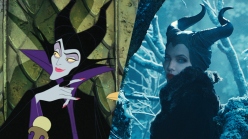Now before all the super neat and tidy speech therapists freak out, we aren’t going to eat Doritos in speech. I know images of kids with orange faces and fingers (not to mention Dorito breath) might bring to mind your own personal vision of “The Shining”, so relax. What I am suggesting is using the brilliant million dollar challenge “Crash the Super Bowl” commercials that Doritos sponsors each year. These commercials are fantastic to use to teach and reinforce social language concepts such as expected/unexpected, prediction, inferences, think/say/feel, and main idea/gestalt thinking (all which align beautifully with Think Social lessons by Michelle Garcia Winner).The screaming goat winner from 2013 is still one of my favorites to use. Inferences and prediction,subtitles, music and no spoken language makes this one great to view for social language!
As with all video clips, preview them first! You can always use View Pure to filter out the annoying ads from youtube videos too (it’s awesome!). I created this FREE (and you know we speechies like free stuff!) football themed activity sheet on TPT for “post game analysis” of social language in commercials here .
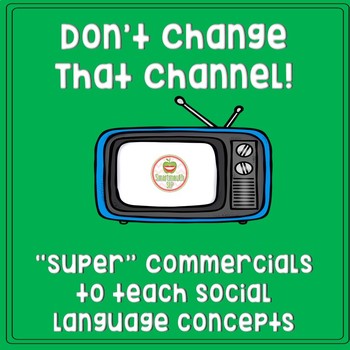
Print it out and use it as a fun way to explore social language concepts! You probably won’t get a huge trophy or a confetti shower, but your students just might think you are the best SLP ever! I also have a board of social language videos that you can peruse HERE .
Here’s a list of some of the best 2015 entries to use (all kid friendly):
Man-child (great for unexpected/expected!)
Kick off a great therapy session and please share any good commercials you have used lately here!
